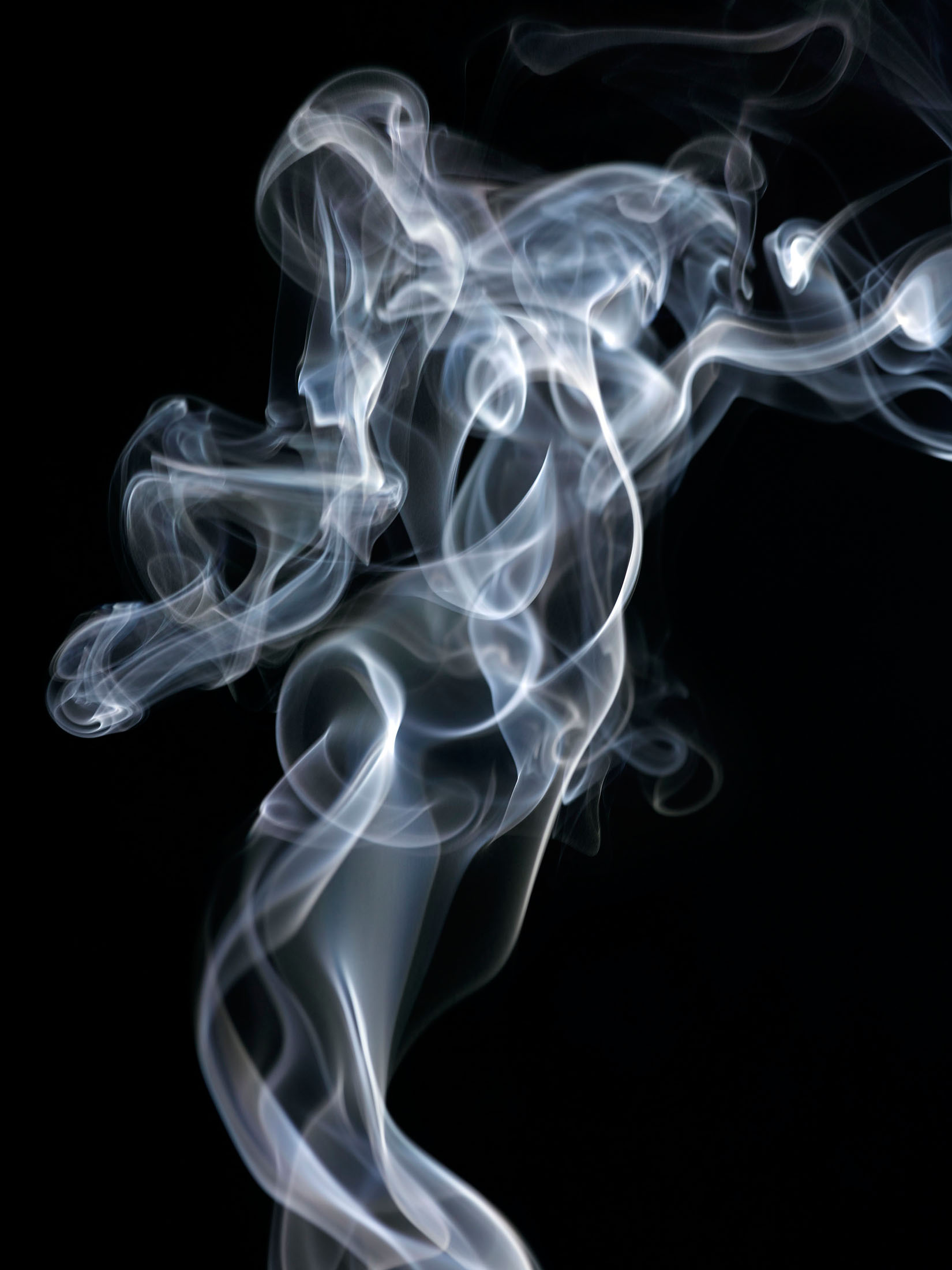
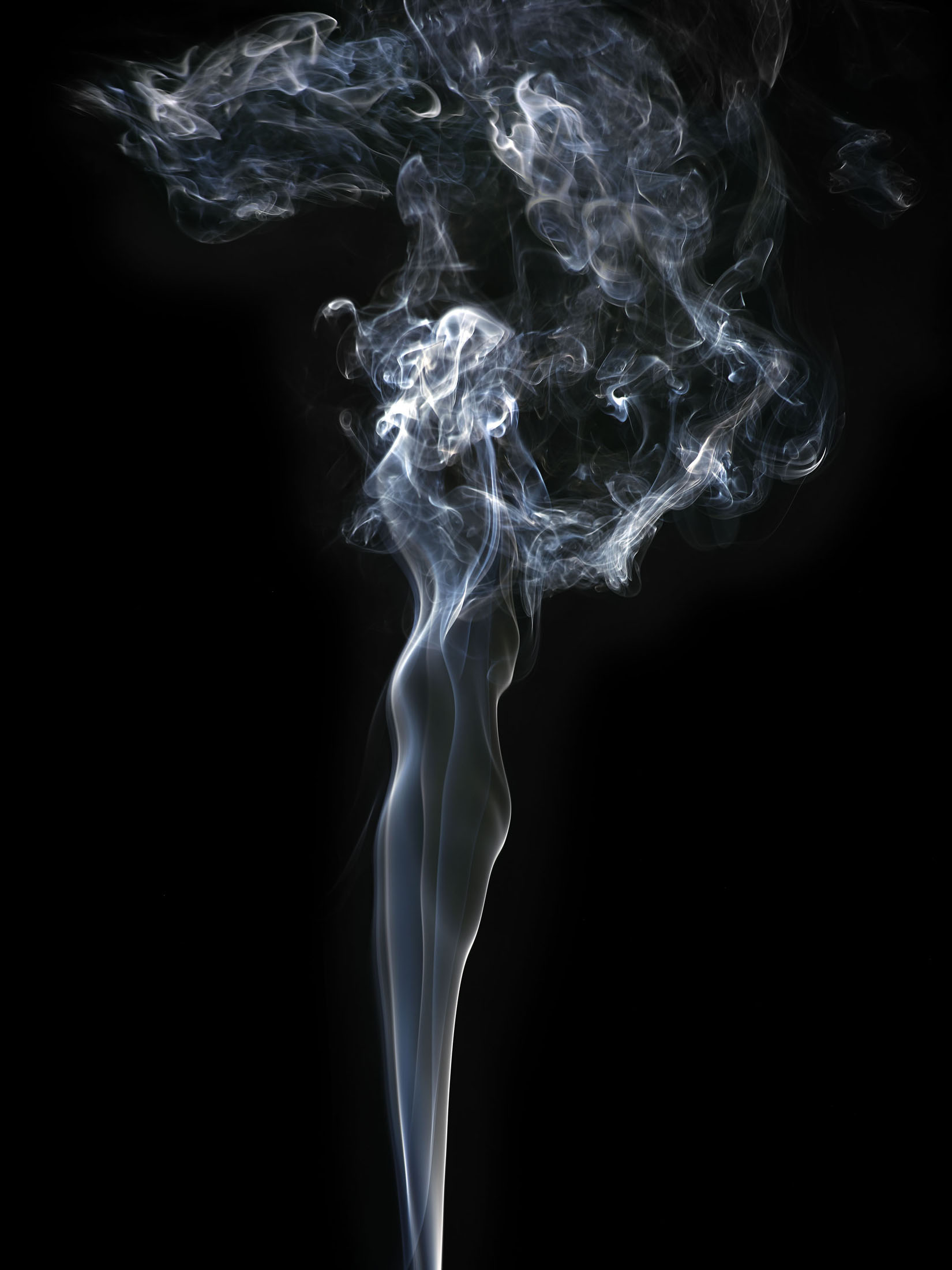
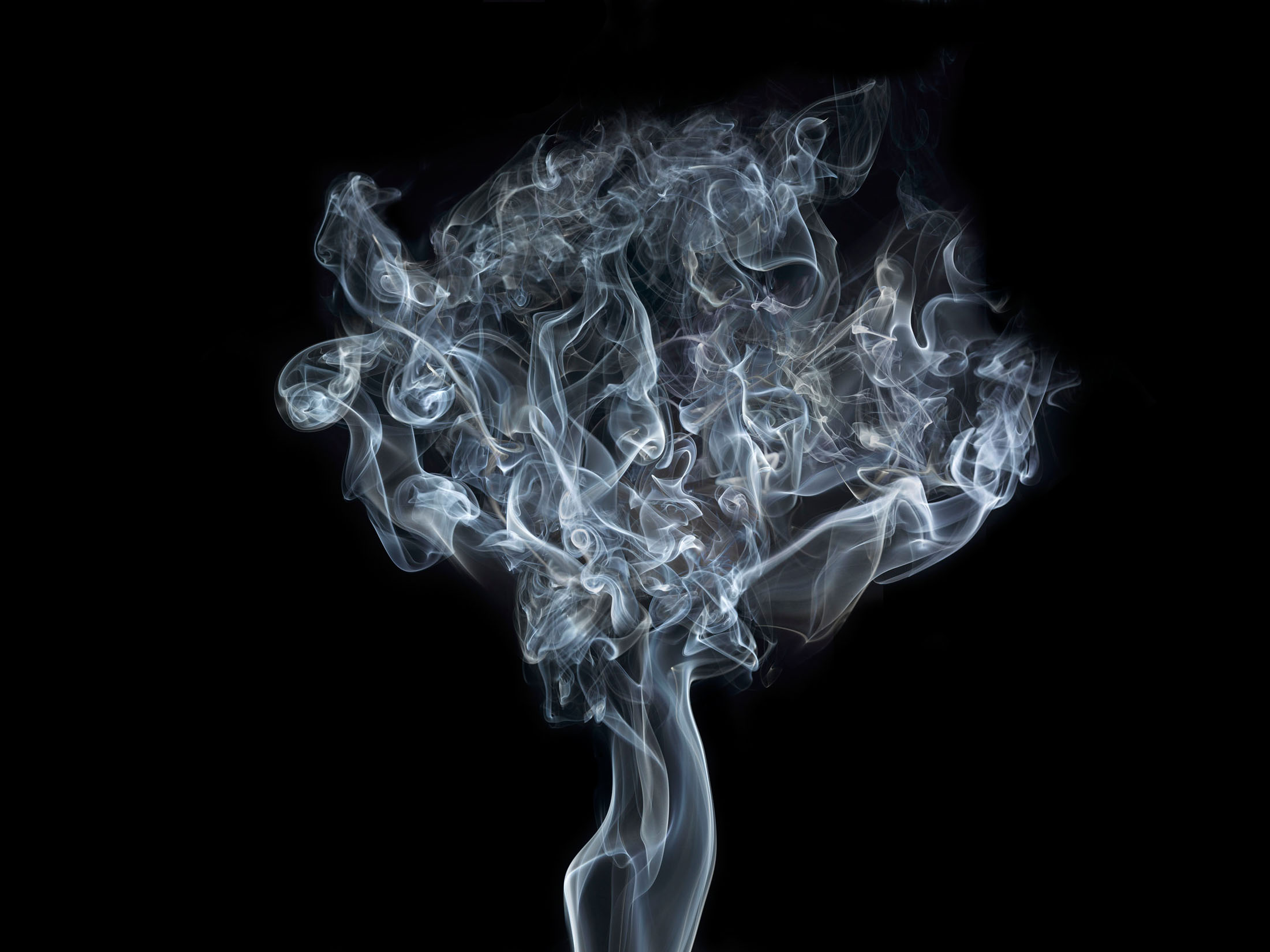
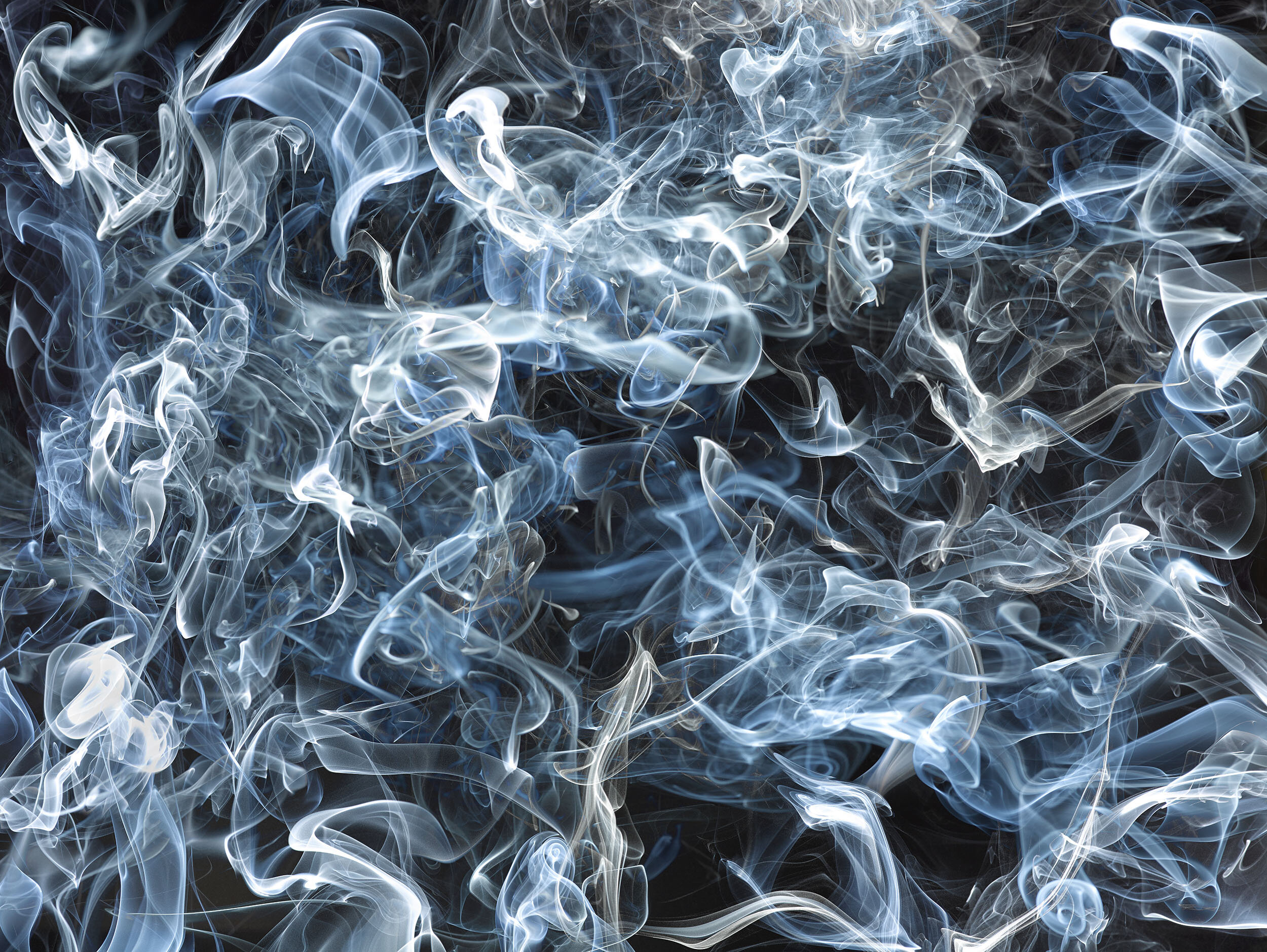
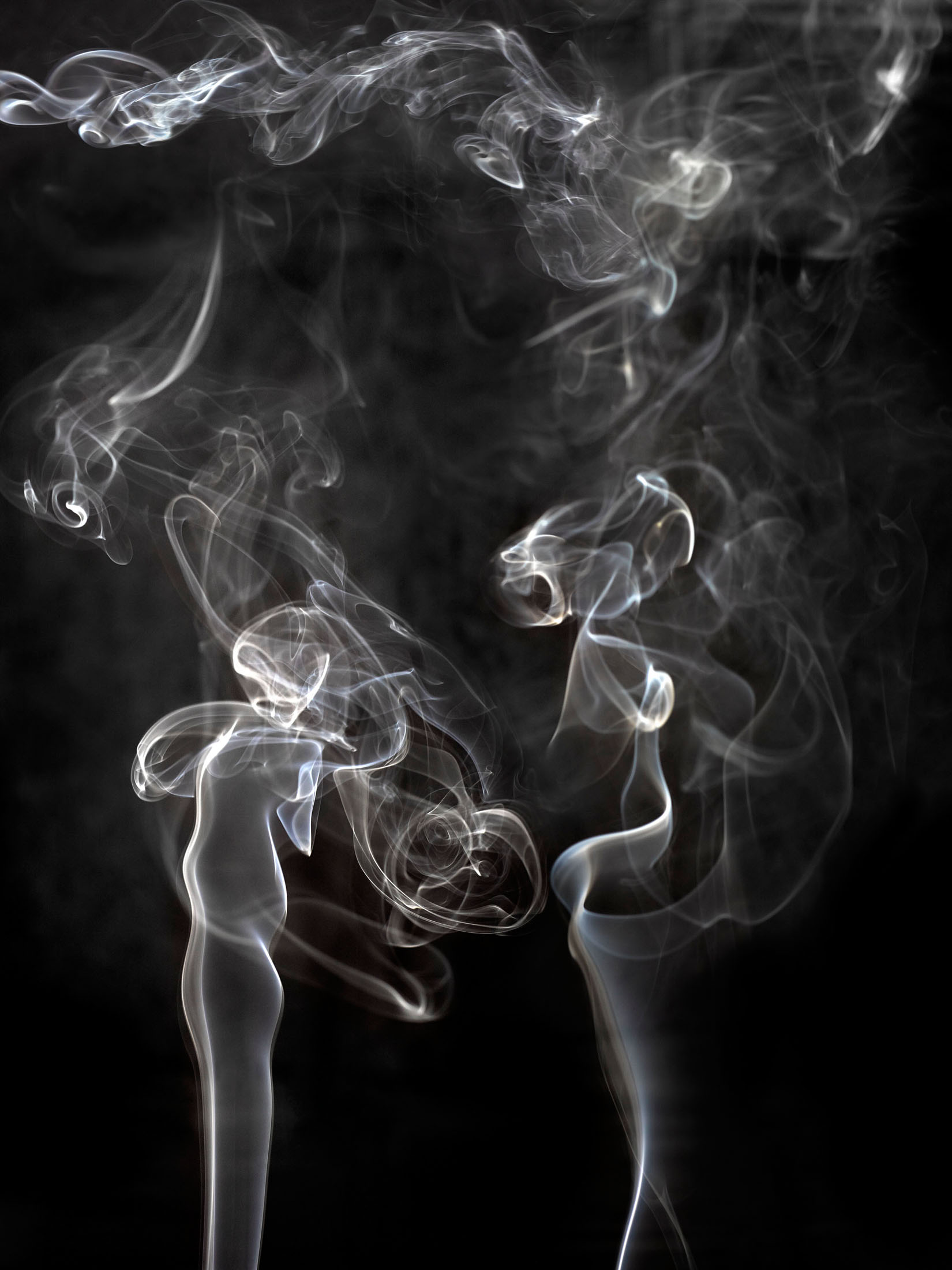
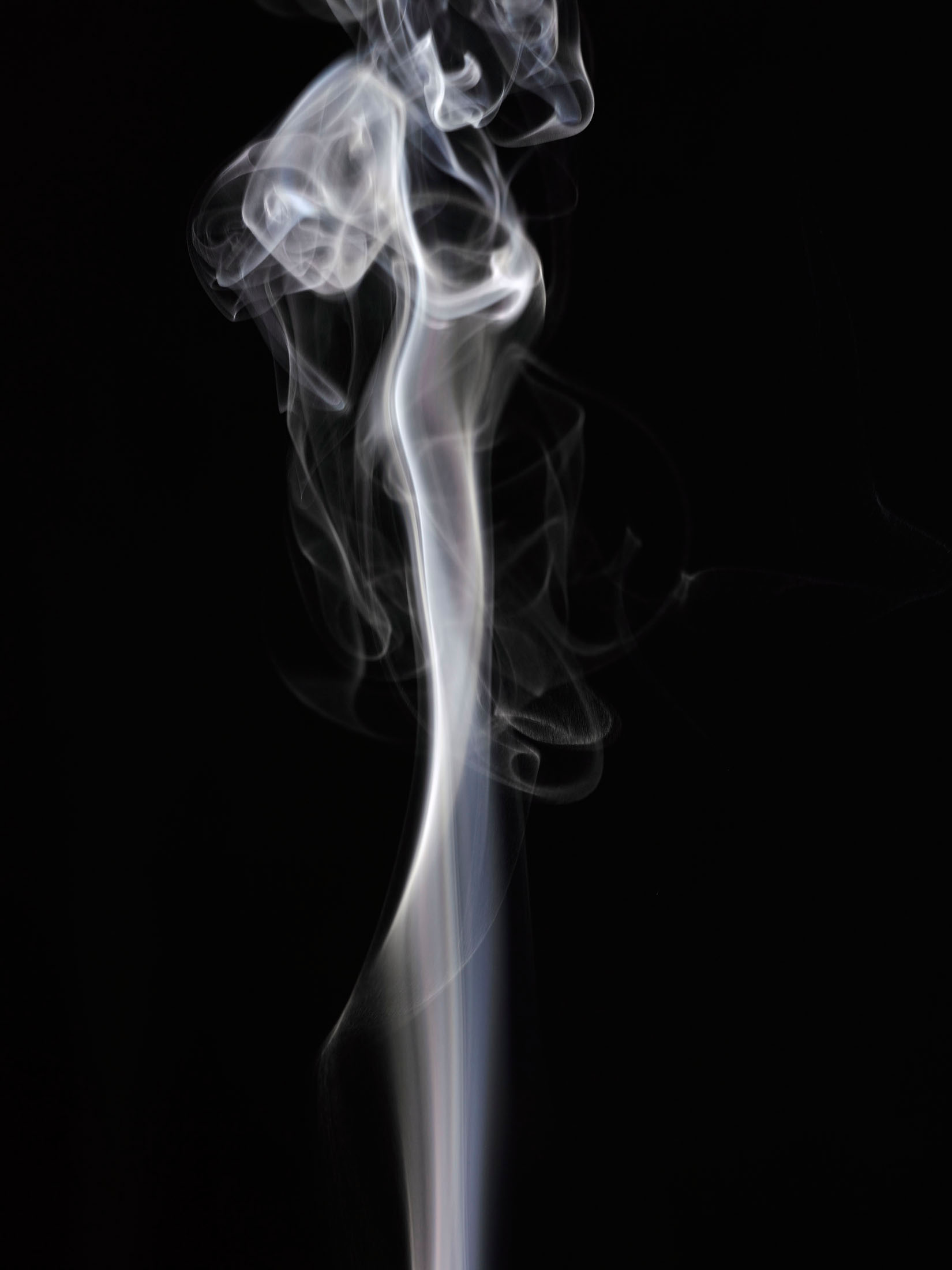
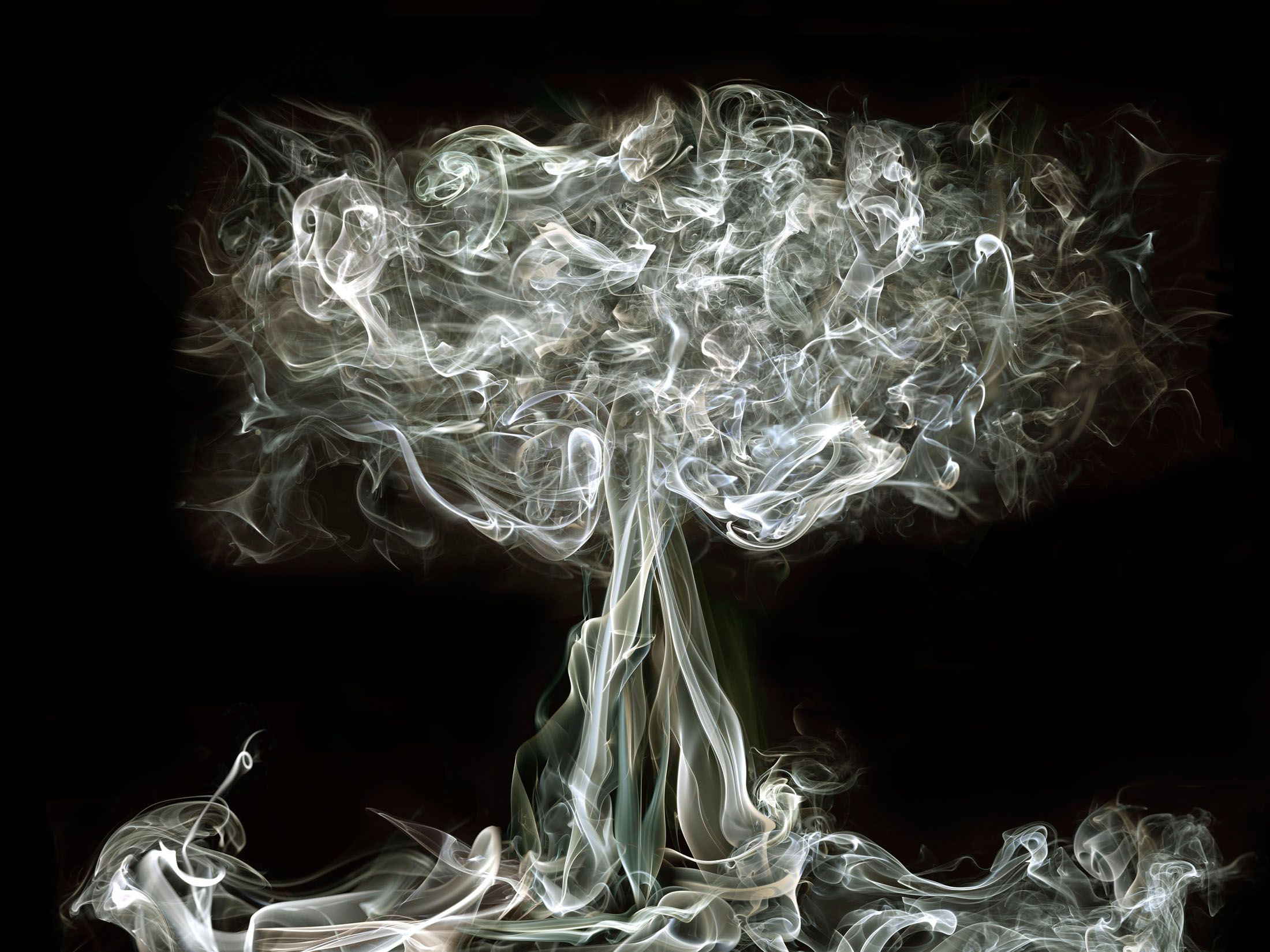
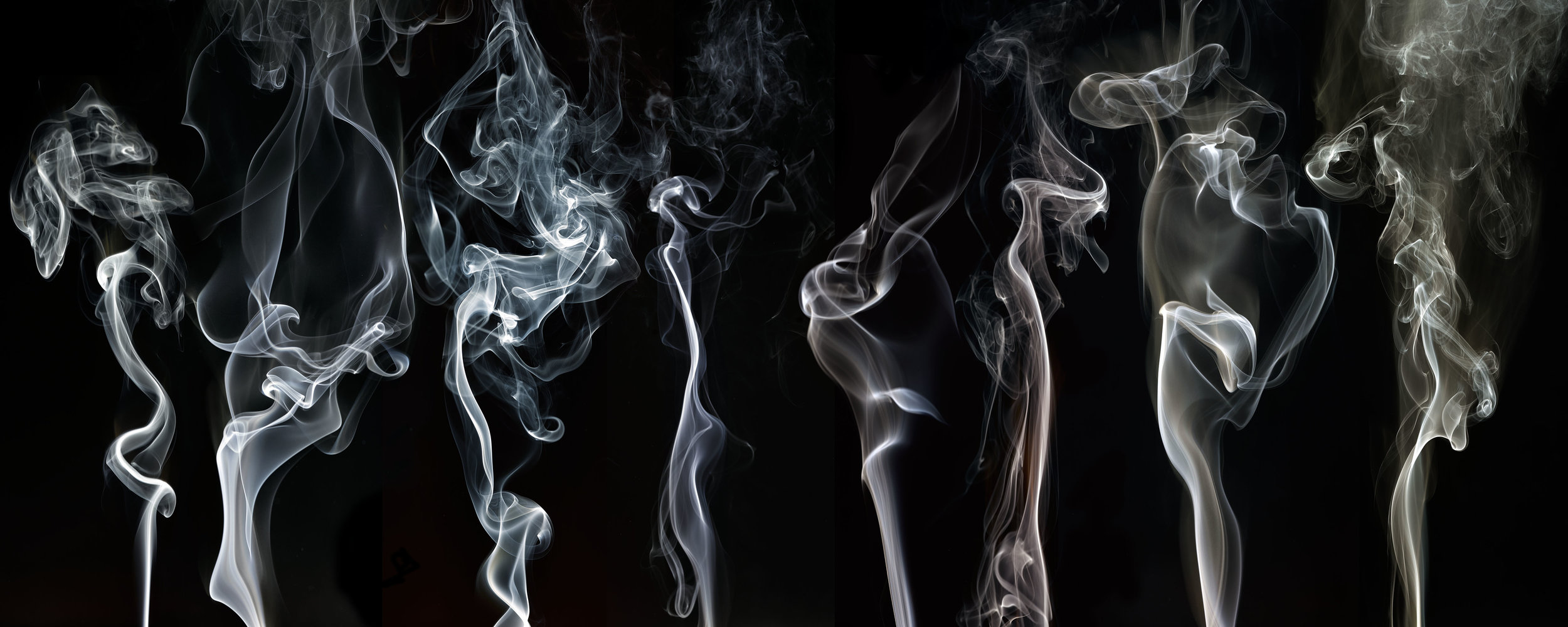

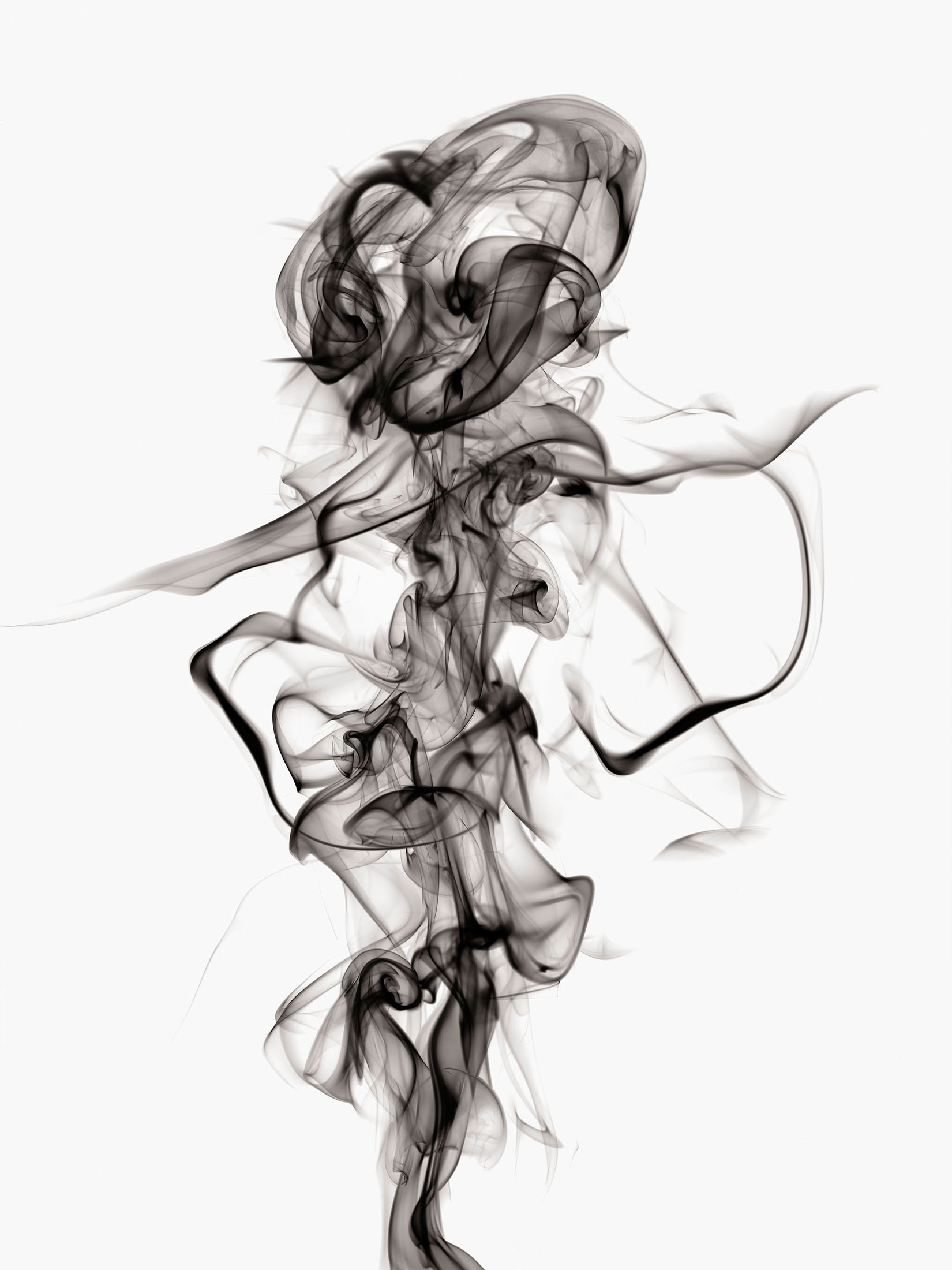
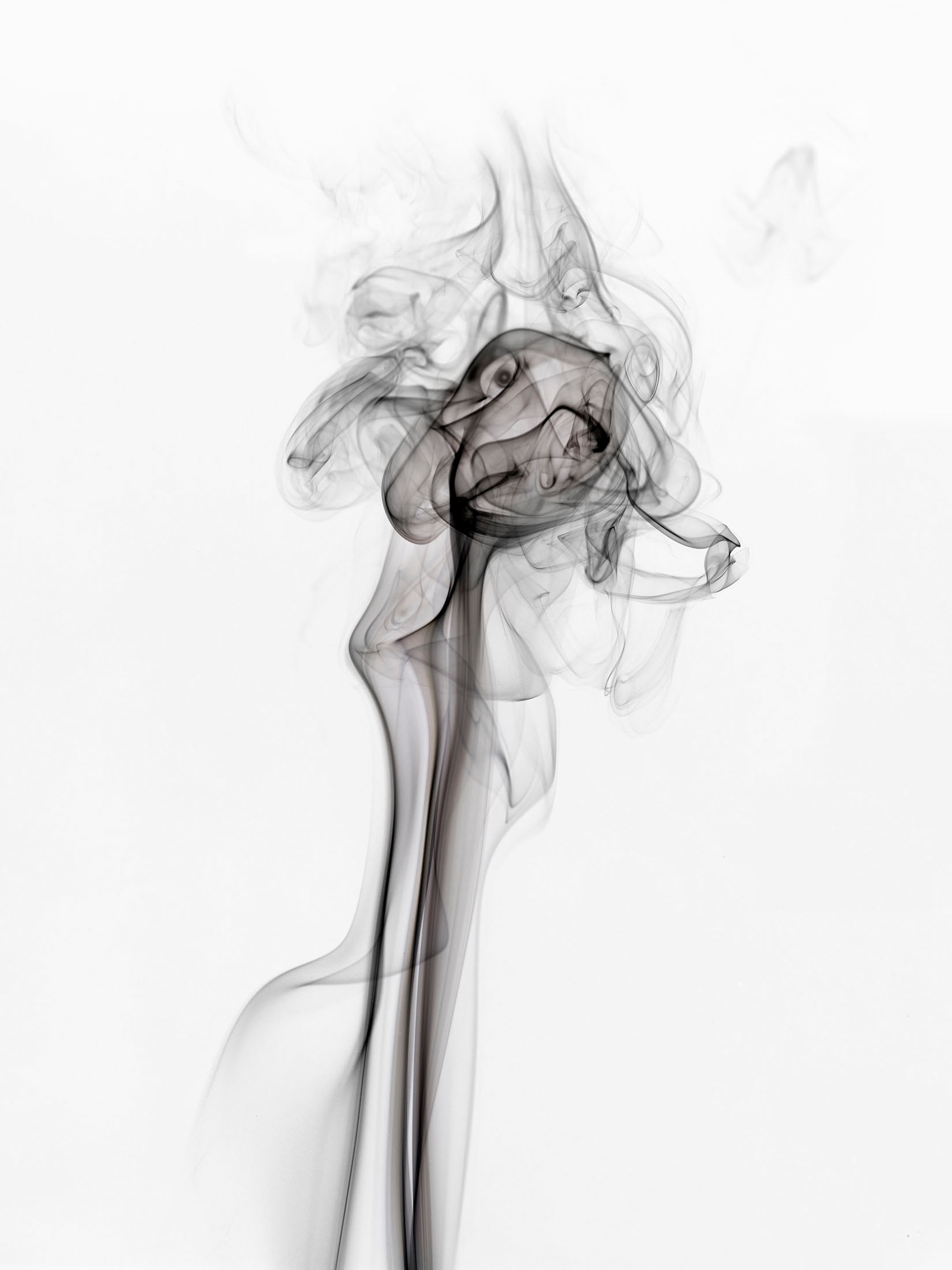
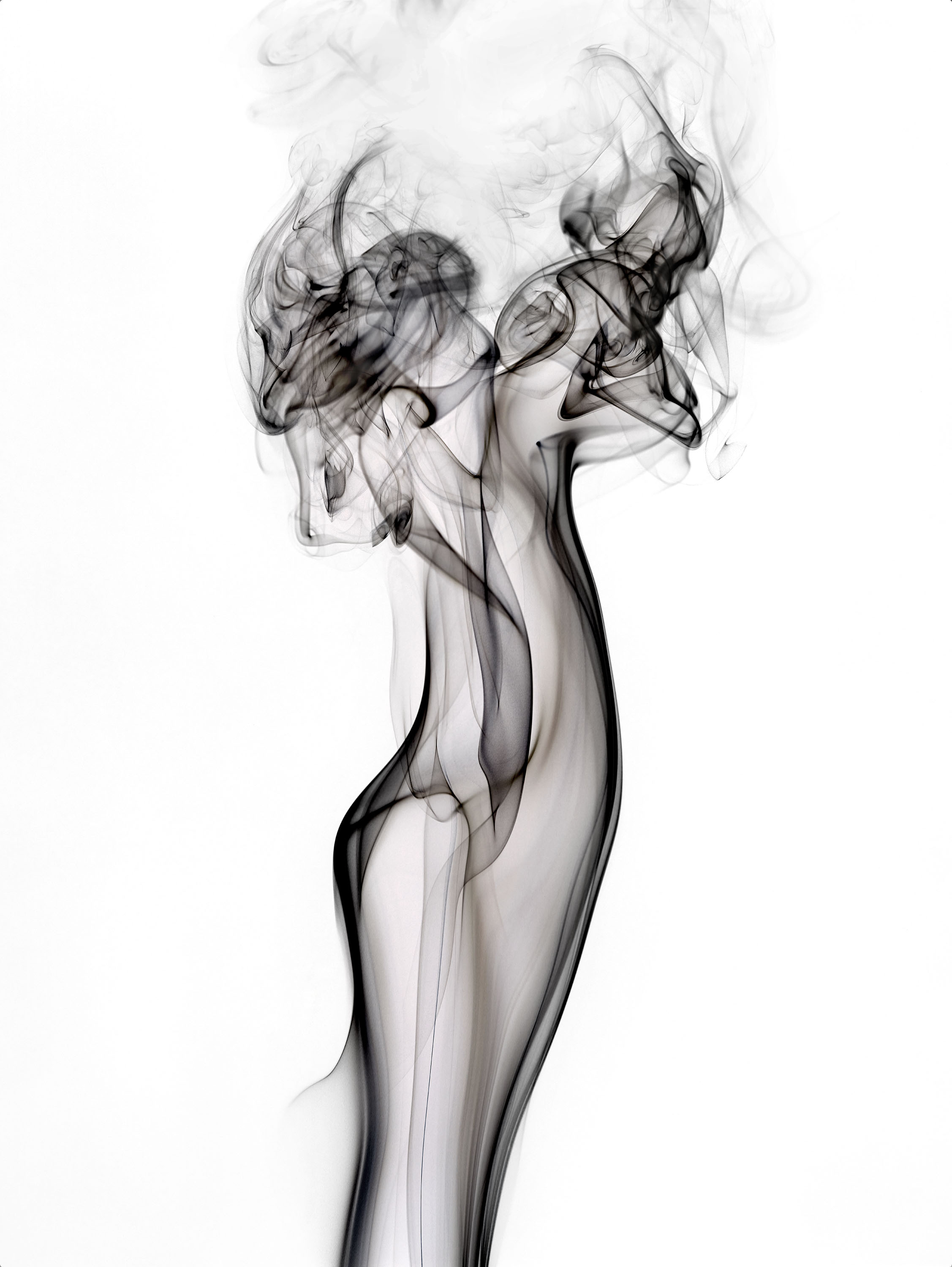
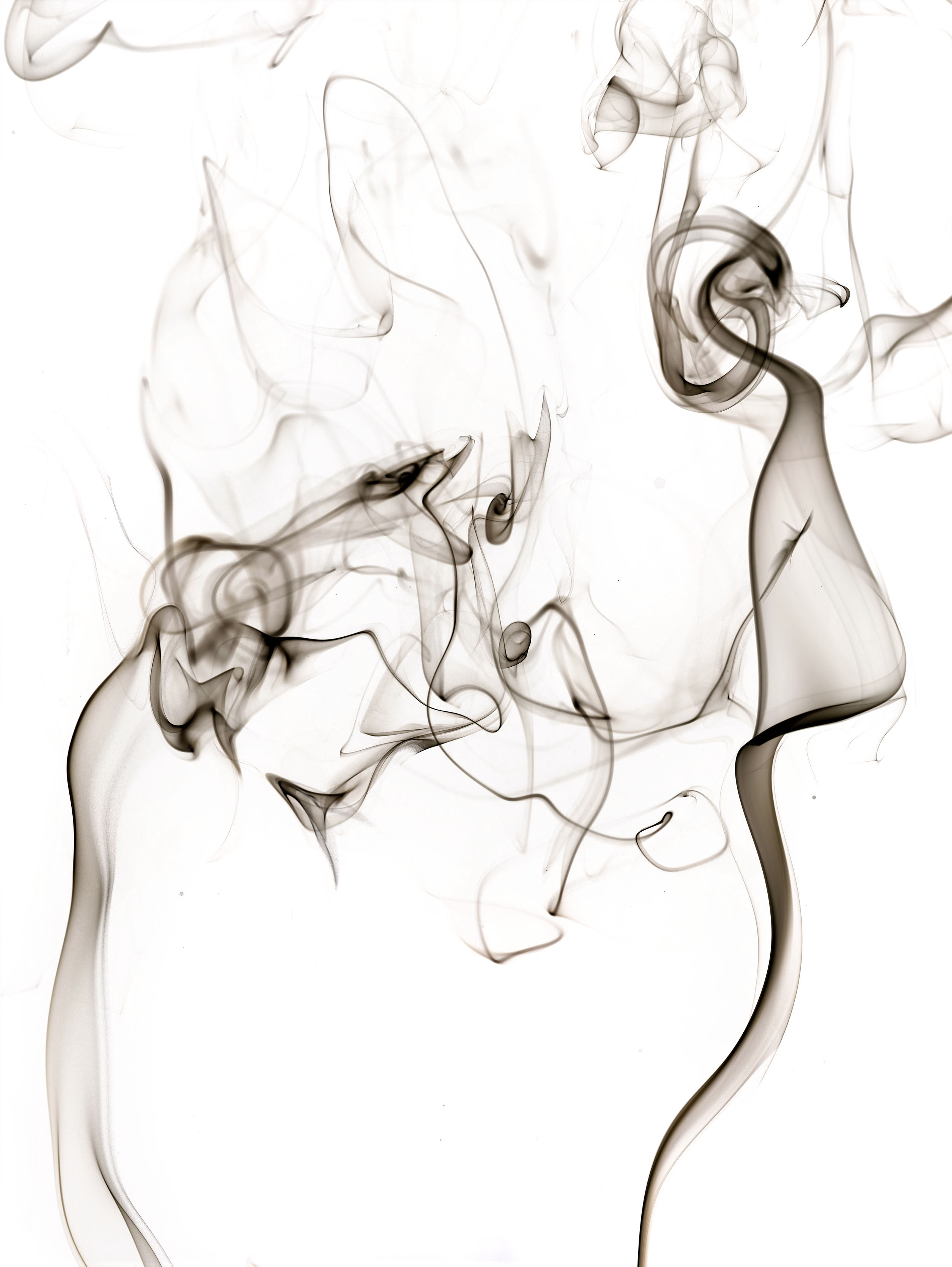
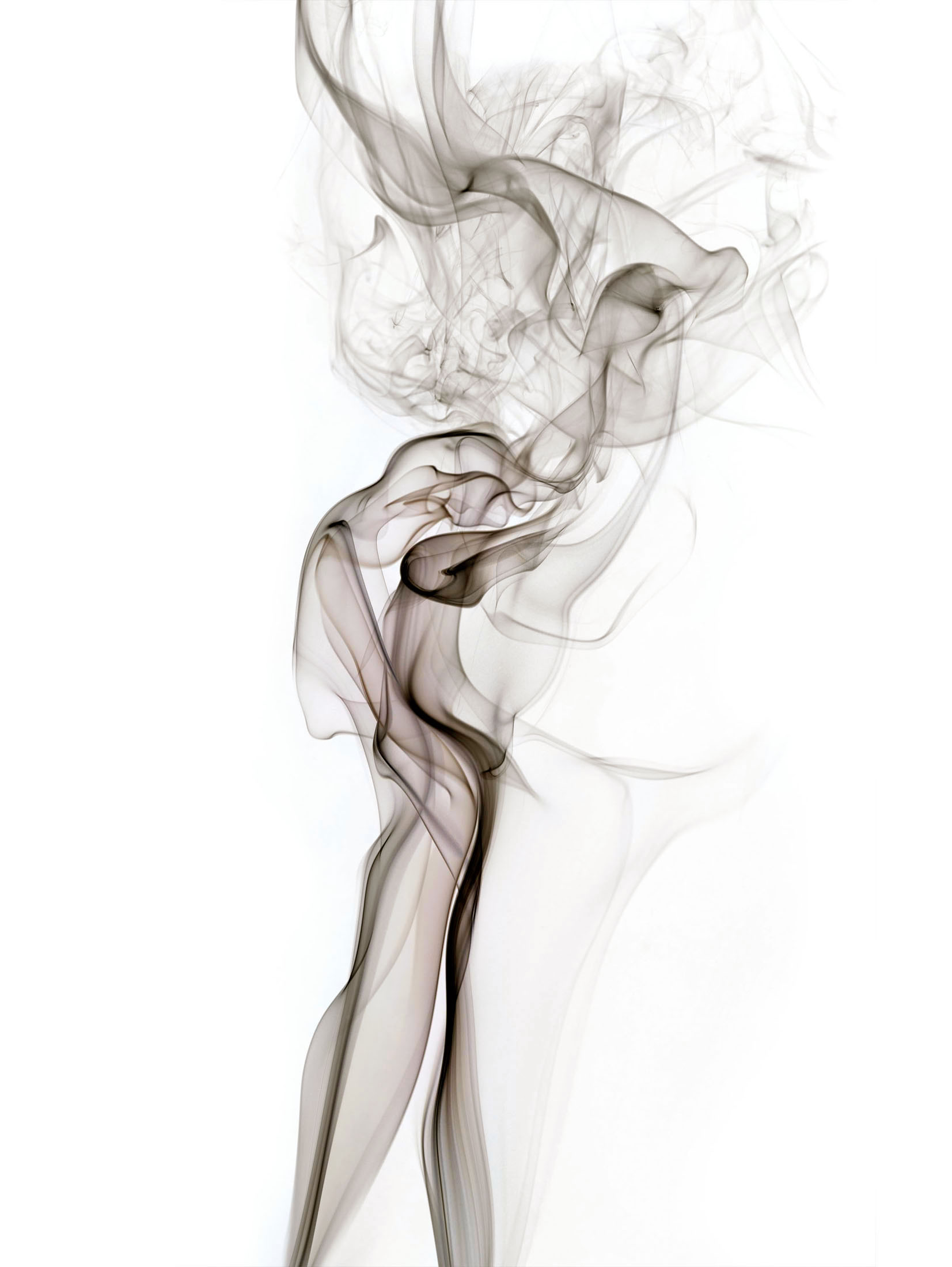
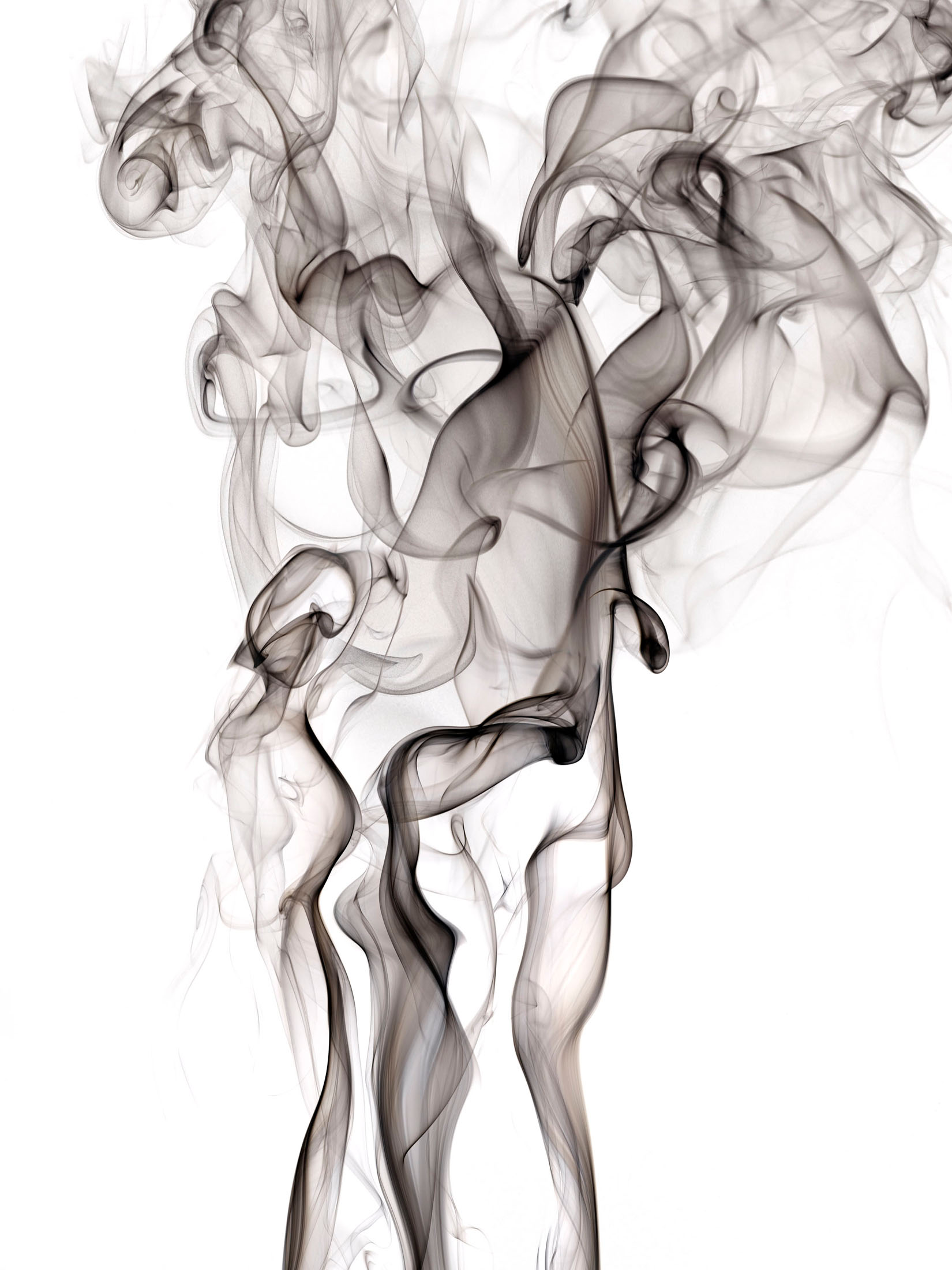
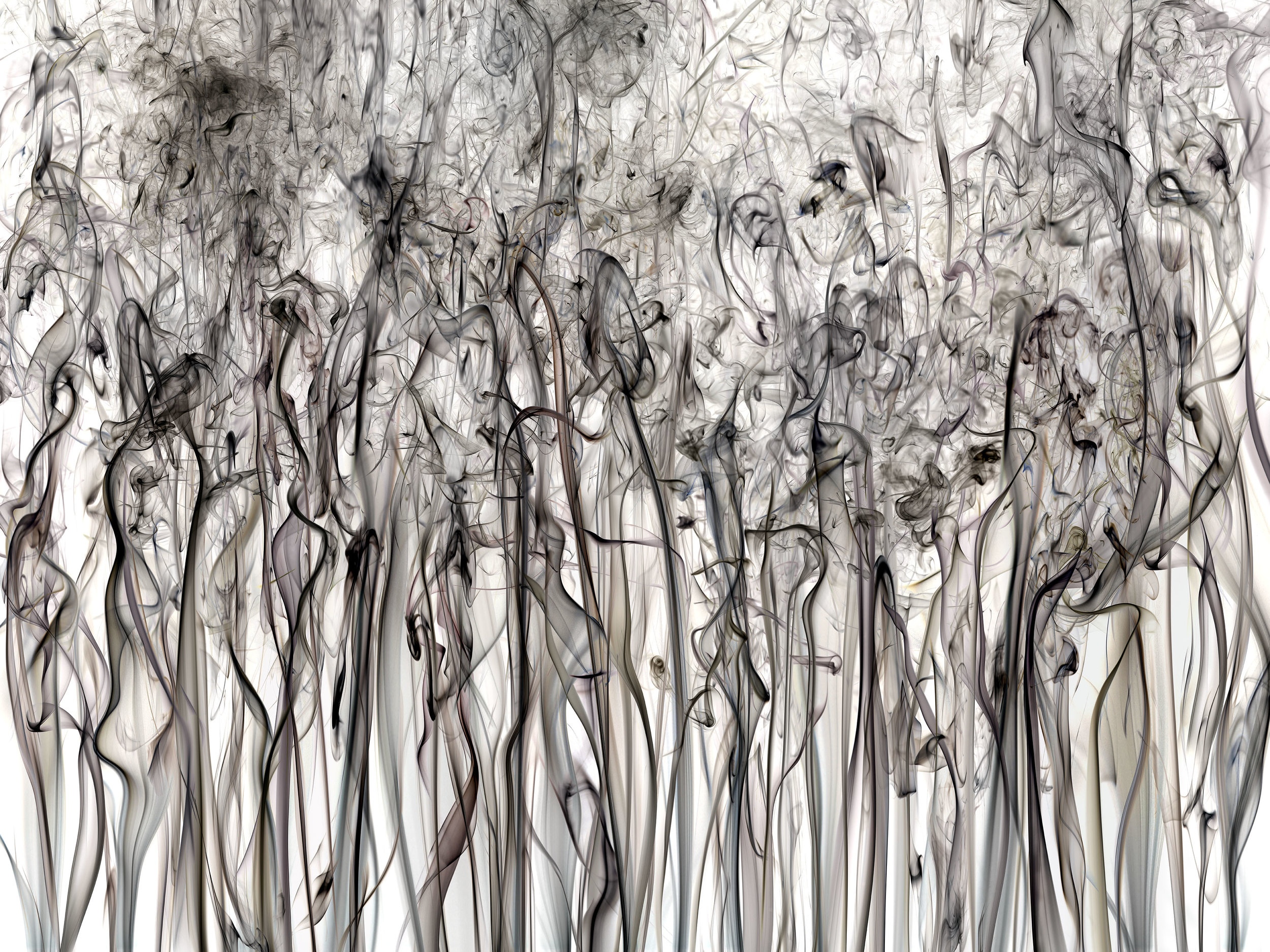

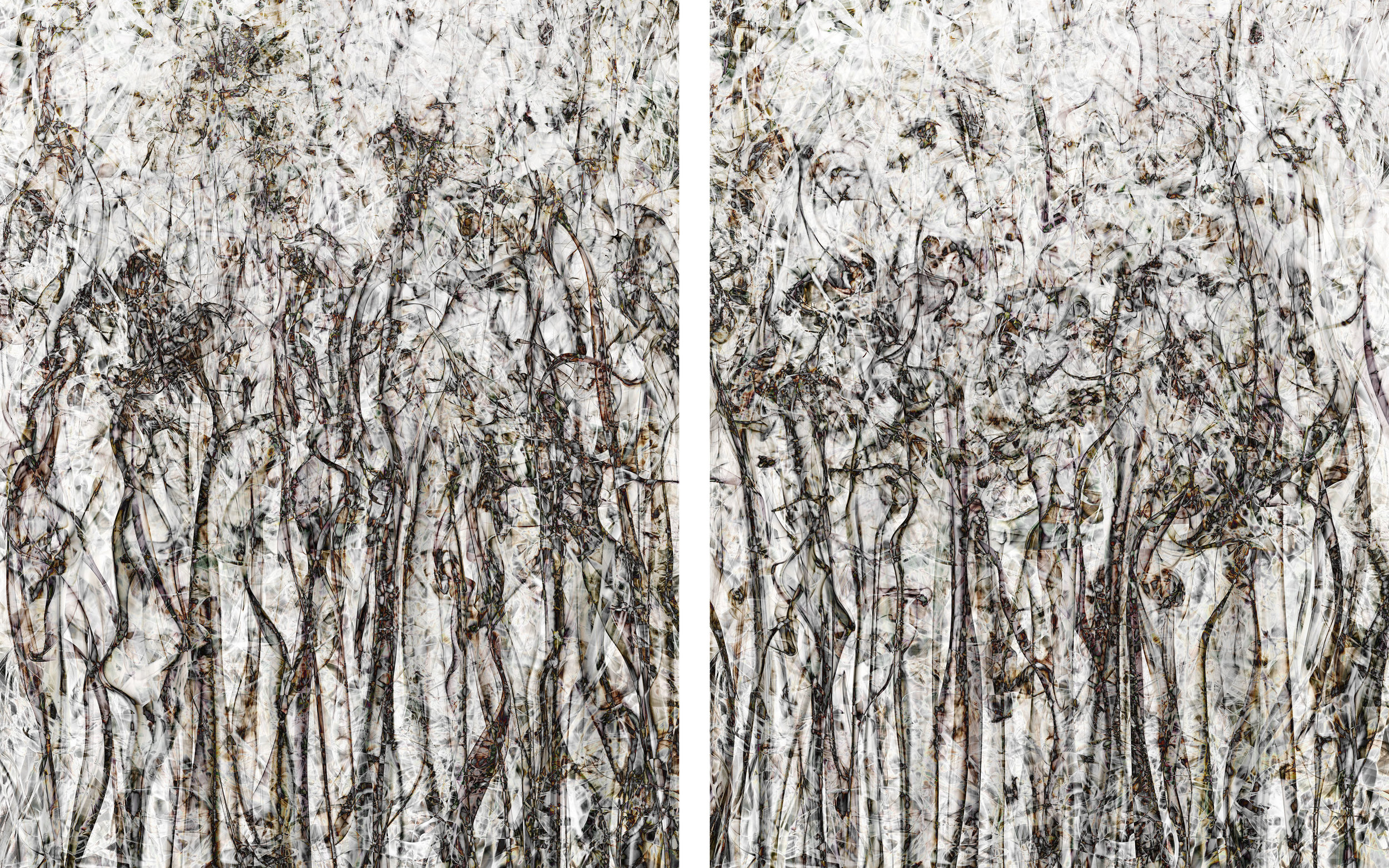

Someone from the Ministry of Truth destroys a politically inconvenient image: "He dropped the photograph into the memory hole, along with some other waste papers. Within another minute, perhaps, it would have crumbled into ashes." Orwell, 1984.
This new conceptual series references the Orwellian dystopia 1984, and question the role and evolution of photography. In art history, smoke was often used as a metaphor for progress. I use it here instead as a signifier of ambivalence and regression. Smoke's nebulousness highlights how facts get blurred in today’s “post-truth” era. The images evoke fear of the unknown, mutation of relationships, or current theme like nuclear threat, feminism, Islamophobia, healthcare, bullying, and an overall heightened unpredictability.
The concept of "photograph as evidence" has been challenged since the beginning of photography.What is new, as noted by William Daviesaug in his New York Times article (The Age of Post-Truth Politics, 8/24/2016) is that "We are in the middle of a transition from a society of facts to a society of data. During this interim, confusion abounds surrounding the exact status of knowledge and numbers in public life, exacerbating the sense that truth itself is being abandoned. [...] The place to start in understanding this transition is with the spread of “smart” technologies into everyday life [...] Thanks to the presence of smartphones and smartcards in our pockets, the dramatic uptake of social media, the rise of e-commerce as a means of purchasing goods and services, and the spread of sensory devices across public spaces, we leave a vast quantity of data in our wake as we go about our daily activities [...] The oversupply of facts due to the emergence of an industry for facts (market-research companies, think-tanks, social media ... with all varying sources, varying methods and varying levels of credibility) is challenging the idea of “evidence-based policy” in an allegedly post-ideological age”.
We are now witnessing the proliferation of fake news, debunked claims, and the newly coined “alternative facts”. Most are supported by edited or fabricated visuals, in the news, on social media, on Internet ...But there is nothing new about the fact that a photograph is always decontextualized. It always leaves out more than it shows. However, with the accelerated production and distribution of images through "the internet of things", we loose our sense of scale and materiality. With smoke replacing the inkblots, the images resemble Rorschach tests: perhaps telling us something about a society alienated from facts and materiality...
Shai Kremer. June 2017